Previous
When cars become living rooms


Your dream house is one step away from you.
Subscribe to our newsletter and get 10% off orders of at least 100€!
Enjoy it and don’t miss out on our offers and updates.


In a way, your electric toothbrush was more radically new than your iPhone: since the beginning of time it has used a wireless charger, so it’s always at the ready to help you take care of your oral hygiene.
We’ve recently started talking about a wireless charger – this time for a smartphone – in connection with the launch of the new iPhone X. In fact, Apple has announced that the glass back of the latest styles is compatible with the Qi (it’s pronounced k-ee) chargers on the market.
Qi is the universal standard when it comes to wireless charging: it’s the interface developed by the Wireless Power Consortium in order to transmit energy through electromagnetic induction.
Whatever that means, is using a wireless charger really better than plugging your smartphone into a socket overnight (and several times during the day)?
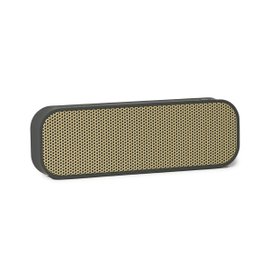

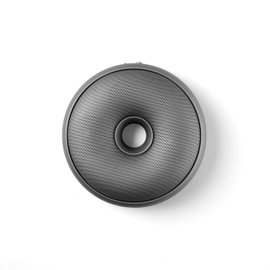
Browsing the internet, I found an article from 2007 which was already imagining a future for wireless charging – at the time YouTube was about two years old and Twitter had blown out its first candle. And the news was received so enthusiastically by a certain Asdrubale88 that on the night of the 31st December he commented on it with great personal involvement, maybe writing from his first iPhone, launched the same year.
Wireless chargers have indeed been around for quite some time now, even wireless chargers for smartphones, but the real news is that Apple has decided to conform to a universal standard, the same standard its direct competitors have been conforming to for years: Samsung, LG, Huawei and all the rest. And now Apple too.
But how does it work? The secret lies in using electromagnetic fields: when it experiences a variation, an object’s energy (such as that of a charger) turns into an electromagnetic field which can transfer through induction to another object (your smartphone), where it goes back to being energy. I think it is called the Faraday-Neumann law, but don’t ask me more: I studied classics.

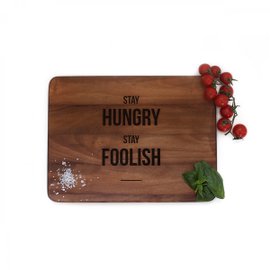


It now time to list the pros and cons. Without a doubt, you won’t go crazy in the mornings looking for your standard charger when you’re on your way to work and you’re already running late. But there’s a piece of bad news. Possibly two.
Apparently, you can’t use your smartphone while it’s resting on the wireless charger. And actually, this way of charging your phone is a lot slower than if you plug it in.
All right, another positive note: if your smartphone isn’t enabled for wireless charging, you can always buy an adapter or a cover especially designed to enable electromagnetic induction. Of course, there’s always the risk that your slimline phone might become a little bit bulky, but in this way you too can (finally) join the wireless charging game.

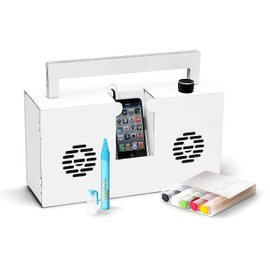
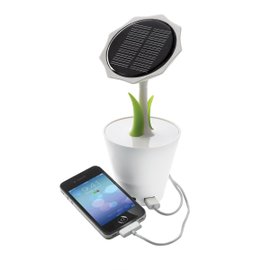


Kreafunk
Home Accessories
Gifts
Rooms
Muemma
Adin Mümma
Lexon
Spalvieri Del Ciotto
Donkey
Kids
Dining
Engraved House
FLYTE
Free Shipping
Vifa
Marc Berthier
Berlin Boombox
XD Design
Lighting

 Back to
Back to
Size*
Quantity*




